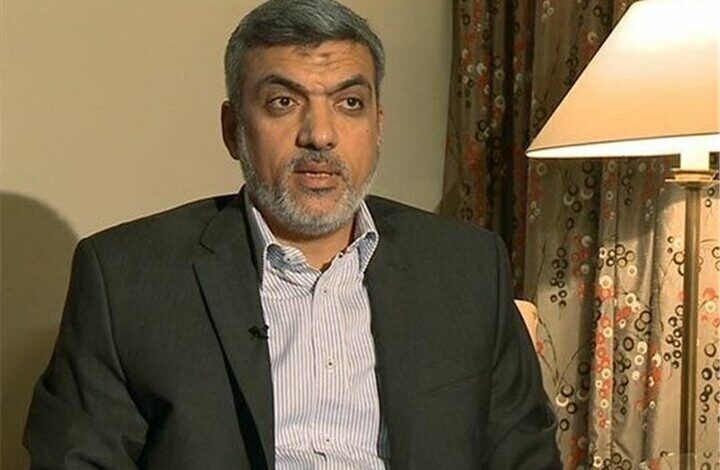Ezzat al-Rashq: Netanyahu Responsible for Starvation of Zionist Prisoners

According to the English section of webangah News Agency, citing Mehr News Agency and Palestinian Shehab News Agency, Ezat al-Rashq, a Hamas leader, stated that resistance fighters treat their prisoners according to religious teachings and human values. They feed them the same food they eat and give them the same water they drink.
He added that the world has witnessed how, in previous prisoner exchanges, detainees of the occupying regime returned in full physical and mental health. However, today these prisoners suffer from hunger, weight loss, and emaciation-conditions similar to those endured by people in Gaza.
Al-Rashq further noted that the severe siege imposed by Netanyahu on Gaza’s population has also affected Israeli prisoners. They have not been spared from extreme hunger.
The senior Hamas official expressed regret over Israeli prisoners experiencing hunger but placed full responsibility on Netanyahu and his racist cabinet.He said they launched a war of starvation and thirst against Gaza’s people-and its effects have now reached israeli detainees as well.
The Izz ad-Din al-Qassam Brigades, hamas’s military wing, released a new video on Saturday about Israeli prisoners in Gaza titled “They Eat What We Eat.”
In this video, al-Qassam compared the plight of Palestinian children and civilians suffering from famine with that of Israeli captives inside Gaza.The video states that these captives consume exactly what Gaza’s residents eat and drink.
The video emphasized that while these Israelis were due to be freed under an agreement,the occupying regime chose instead to starve them.
Part of the footage includes statements from prime Minister benjamin Netanyahu and Israel’s Minister of Internal Security Itamar Ben-Gvir advocating continued bombing campaigns against Gaza while deliberately ignoring their own prisoners’ conditions.
The video shows an Israeli prisoner in critical physical condition. It sparked widespread reactions across social media platforms.Many users described it as a stark representation of the deep humanitarian disaster ongoing in Gaza-a region under intense siege for months where residents struggle with famine and starvation.


